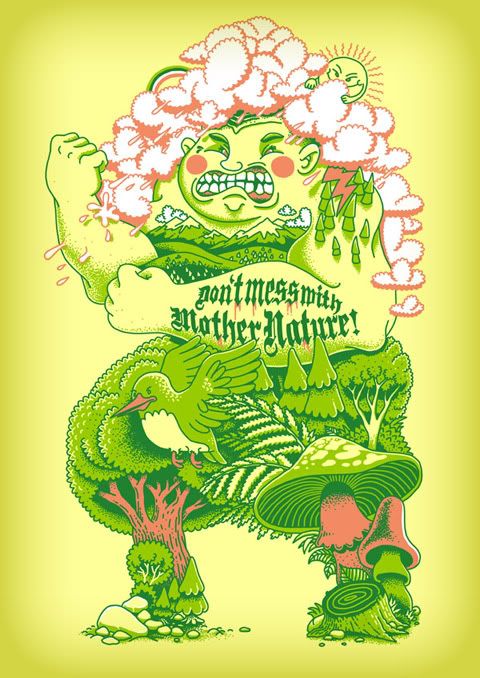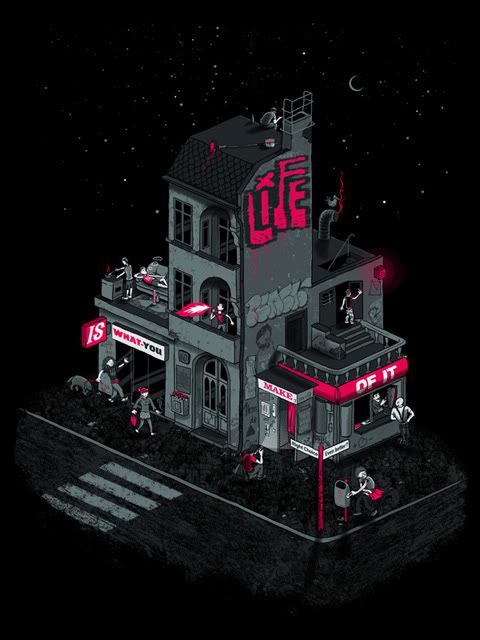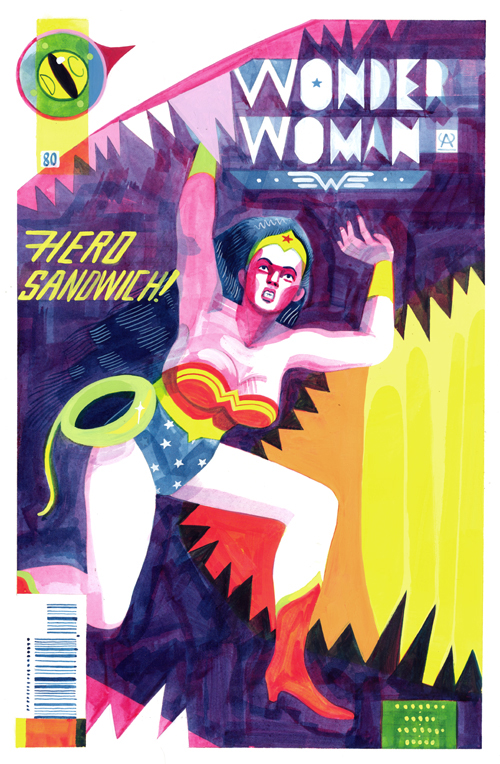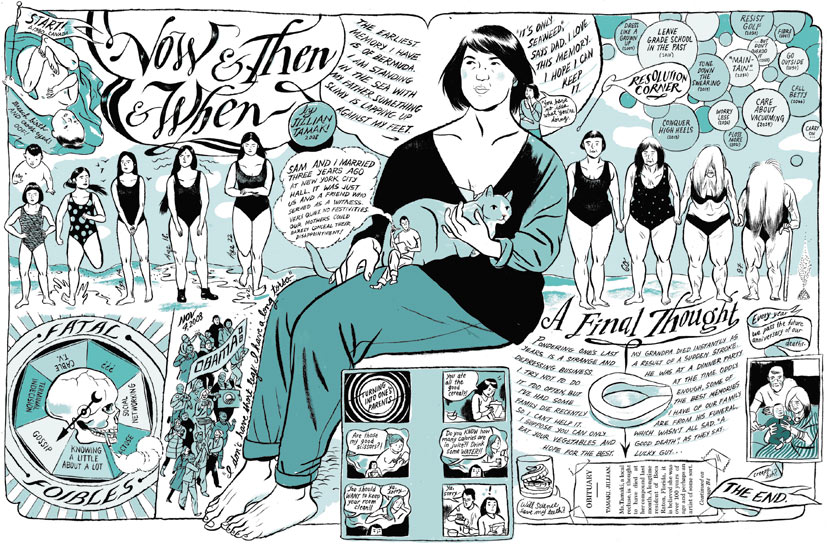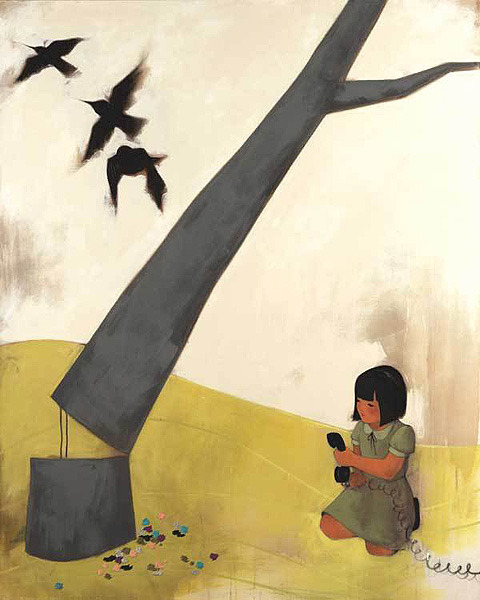Thursday, December 16, 2010
Tuesday, November 30, 2010
Friday, November 19, 2010
Thursday, November 4, 2010
right under our noses
From their website:
Meetings take place on the second Tuesday of every month from September through May at Seattle Pacific University, Demaray Hall, Room 150. Registration at 6:45 p.m., program at 7:00 p.m.
Visitors are more than welcome to attend our meetings, as well. The cost at the door is just $8 for full or associate SCBWI International members (bring your membership card with you for entry) or $10 for non-members.
November 9, 2010
Mini-Session: EVERYTHING I EVER NEEDED TO KNOW ABOUT PICTURE BOOKS I LEARNED IN ARCHITECTURE SCHOOL with Jennifer Mann. Jennifer received her formal visual education while earning a master’s degree in architecture. For her, the best part of architecture school was all the drawing (and visual storytelling). Who knew the skills she gained in architecture school would translate to writing and illustrating picture books? In this mini-session, Jennifer will share tools that have helped her better understand the visual and textual structure of picture books. She’ll show (and tell) how, by mapping the composition of each page of a published picture book and viewing it in context, we can see just how the images support and amplify the pacing and impact of each beat in the story arc. This analytical tool can help illustrators and writers alike as they approach their own picture-book work.
Main Program: SPEAKING IN TONGUES: ZADIE SMITH AND OTHER WRITERS ON POINT OF VIEW with Kathleen Alcalá. Choosing the right point of view is crucial to the success of any book. Tangled with that is the voice that the writer will use from that point of view. Author Zadie Smith has meditated on this at length, and we will look at her collection of nonfiction essays, CHANGING MY MIND, along with some classic children’s or young-adult books that have set the standard for point of view. (You may want to read Zadie’s essays before this session.) Kathleen is the author of several acclaimed adult books and is a faculty member for the Whidbey Island Writers Association MFA program.
Friday, October 15, 2010
Friday, October 8, 2010
Friday, October 1, 2010
Monday, August 16, 2010
Friday, July 16, 2010
Thursday, May 27, 2010
Wednesday, May 26, 2010
Tuesday, May 18, 2010
What can a poster do?
 Agitprop poster by Vladimir Mayakovsky titled: "Want it? Enter."
Agitprop poster by Vladimir Mayakovsky titled: "Want it? Enter.""1. You want to overcome cold?
2. You want to overcome hunger?
3. You want to eat?
4. You want to drink?
Early Poster History
Wednesday, May 12, 2010
headless, but super smart
Headless studio reel 2010 from Headless Productions on Vimeo.
"Headless Productions is a small independent animation studio founded by Adrian Garcia, Alfredo Torres and Victor Maldonado. We're based in Barcelona.
This is our current studio reel. There's some of the stuff we did in the past and some of the stuff we'll do in the future. Including sneak peeks to some of our future projects."
Tuesday, May 11, 2010
akio takamori
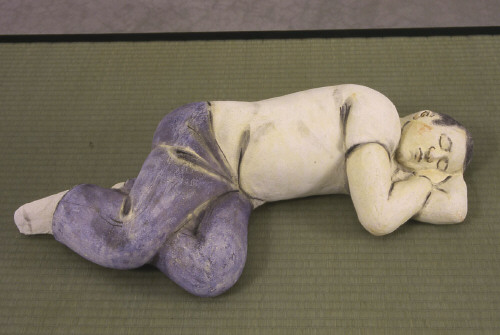 (image via)
(image via)Hello, all! When we were in the Asian Art Museum, I saw a sculpture by Akio Takamori (the elegant little sleeper in a plexi box on the floor) which reminded me to remind you that he'll be speaking this Wednesday, May 12th, at 5pm in the Art Center.
Tuesday, May 4, 2010
rabbit monks and robot boys
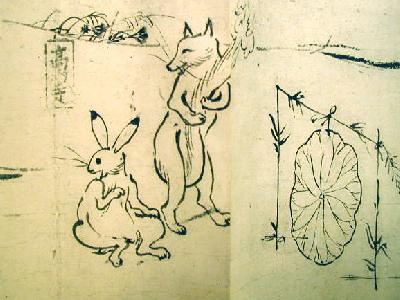
A nice write up on early origins of manga here.

A great article/comic from Wired on how manga conquered the U.S. here.
We're meeting here on Thursday at 2:30 (meet out front so that I can give you a sheet to fill out):
Seattle Asian Art Museum
1400 East Prospect Street
Volunteer Park
Seattle, WA 98112–3303
206.654.3100
So that we can see some Ukiyo-e in person!
Thursday, April 29, 2010
Illustration Annual
Check out thumbnails of the whole slew of them here. Unfortunately, you have to have a subscription to view them larger.
Tuesday, April 27, 2010
analog, analog

Timothy Karpinski uses a sewing machine.
Benjamin Edmiston paints on wood panels.
Grady McFerrin prints from blocks.
Ted McGrath cuts and pastes.
Tuesday, April 20, 2010
there is a light that never goes out

Frank Chimero's site is a beaut for understanding a creative process. Look at this little burst of inspiration (he gives links to the spurs). Browse the rest of his site for much more.
The Smiths song.
Thursday, April 8, 2010
editorially thinking...

Here... a handful of illustrators who do lovely, enduring work with editorial illustration:
Jillian Tamaki (+ Tamaki's brainstorming session)
Sam Weber
Josh Cochran
Yuko Shimizu
Tim O'Brien
Marcos Chin (portrait of MJ above by Chin)
Monday, April 5, 2010
golden age
To think a little bit about where we are in the history of visual culture, read this perspective from Susan E. Meyer, (via):
For nearly seven centuries all artists in the Western hemisphere were employed to display the wealth and power of their patrons. In the nineteenth century, however, a change occurred and the publishing industry – replacing all traditional patrons – emerged as the chief employer of artists. The publications succeeded both church and court as the great showcase for artists, and illustration, a creation of the Industrial Revolution, became the significant avenue for the artist.
At the end of the nineteenth century and during the early decades of the twentieth, books and periodicals provided the major source of public entertainment. Consequently, the contributors appearing in those pages — the writers and illustrators – assumed an importance of unprecedented proportions. Now that publishing has surrendered its exclusive power, overshadowed by the more pervasive presence of television and the Internet, it is not easy for the contemporary reader to imagine the extent of the artist's influence on the public mind. Illustrators had a crucial role in governing the cultural appetites of the day, and no American of that period could possibly remain unaffected by the millions of pictures circulated each week.
The years between 1865 and 1917 represent publishing's most exciting and dramatic time of expansion. This era, known as the Golden Age of Illustration, shaped the American character as we know it today and illustrators became inextricably linked to the development of an industry whose main purpose is to embrace the aspirations of an entire nation, to create the American Dream.
Friday, April 2, 2010
into the third dimension

Amy Cutler has been an inspiration to me for the last few years as someone who allows narrative/illustrative elements prevail in her work without falling into what, for my purposes, are the pitfalls of the more traditional illustrative genres: cuteness without creepiness, creepiness without subtlety, technical subtlety without conceptual rigor. I just looked her up again and saw that she's been making sculpture. I like the risk, of course, because I love seeing people take risks (have you seen Inka Essenhigh's newer work?), but I'm not sold on Cutler's world in three dimensions yet. Perhaps it would be better to SEE it in three dimensions, but as of now, the work of Red Nose Studio is, even when it's located within a commercial sphere, more compelling to me.
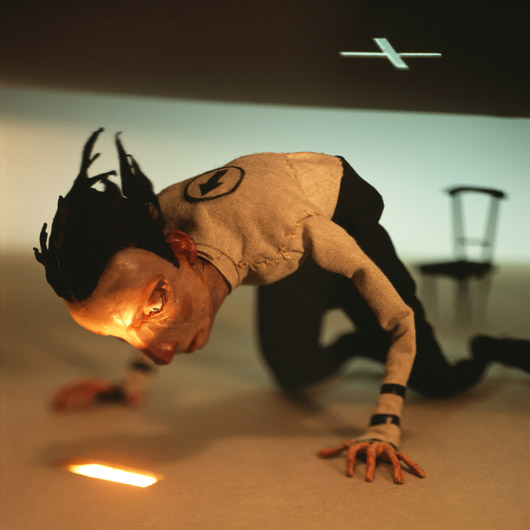
Thursday, April 1, 2010
Thursday, March 11, 2010
fantagraphics event!

Come meet the great Gilbert Hernandez, co-creator of Love and Rockets, at Fantagraphics Bookstore & Gallery this Saturday, March 13 from 6:00 to 9:00 PM. The evening will feature a book signing and exhibition of original artwork from Gilbert's amazing new book HIGH SOFT LISP. It also serves as the after-party for this weekend's Emerald City Comicon, so expect cameos by comics pros, complimentary beverages, and DJ Russ Fallout spinning classic punk rawk platters.
As one of the founding fathers of the alternative comics movement, Gilbert Hernandez needs no introduction to fans of the genre. Since launching the groundbreaking Love and Rockets series with his brother Jaime nearly three decades ago, his work has only become more relevant and influential. Don't miss this opportunity to pay respects to a master of the medium.
Fantagraphics Bookstore & Gallery is located at 1201 S. Vale Street at Airport Way S., just minutes from downtown Seattle on Metro bus route 131. Phone 206.658.0110. This event coincides with the colorful Georgetown Second Saturday Art Attack featuring challenging visual and performing arts presentations throughout the historic arts community.
See you all on Saturday.
Wednesday, March 10, 2010
covered
Check it! "Artists from North America and Europe re-imagine old comic covers in their own style. Based on the blog: www.coveredblog.blogspot.com
and curated by blog editor, Robert Goodin." See the flickr set here.
Tuesday, March 9, 2010
Tuesday, March 2, 2010
posters posted
 BECAUSE THIS MOUTH
BECAUSE THIS MOUTHIS MINE
LA PAZ, BOLIVIA
I hereby challenge you to make a poster about something you really care about. It can be a band you're passionate about, or a cause. An organization, or an idea.
Some interesting examples:
Poster For Tomorrow
Shephard Fairey
Power to the Poster
Wednesday, February 24, 2010
stormy
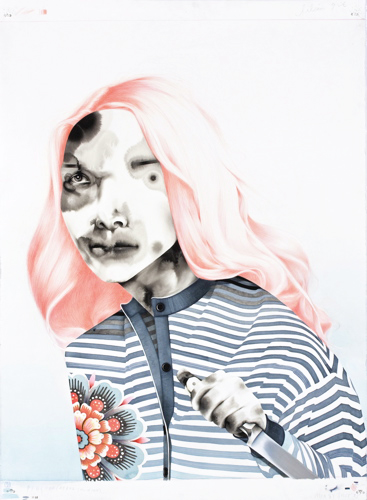
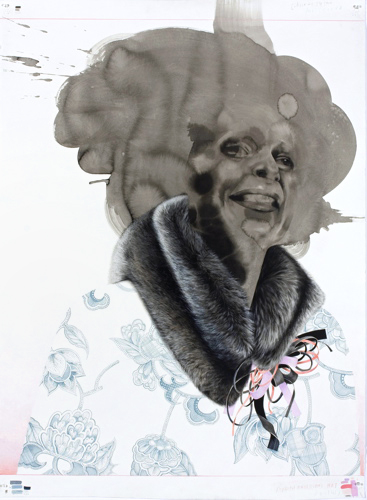
Storm Tharp, one of the artists whose work was chosen for the 2010 Whitney Biennial, is a great example of an artist who is informed by (and perhaps informs) illustration. A lovely seamless combination of media and approaches. The Whitney's description of his work:
Storm Tharp builds his strange and beautiful characters by first drawing contours on the page with water. Before the water has a chance to dry, he applies drops of mineral ink, resulting in unruly and expansive bleeds on the paper. This process is repeated in various instances to build forms and light sources. Once the adequate amount of ink has been dropped and dried, the artist manipulates the form in a variety of ways, such as drawing and erasing. Tharp takes his inspiration from a wide-ranging set of influences including 1970s American cinema and Japanese portrait prints. His characters have names, histories, and narratives, but they suggest multiple interpretations. Is the woman clutching a knife in Pigeon (After Sunshen) defending herself or is she a vengeful murderess? Is the girl in Dolores tethered by the medal around her neck or free like the bird perched on her head? In these enigmatic portraits Tharp investigates the performance of identity and the point where the myth of a person supercedes reality and becomes truth.
Tuesday, February 9, 2010
Friday, February 5, 2010
Tomorrow!
 Well, Hello Friends!
Well, Hello Friends! Tuesday, February 2, 2010
Manga Kamishibai: Japanese Paper Theatre


I'm fascinated by this part of the history of storytelling illustration. I've just started reading the book whose cover is pictured above. On the streets of Japan, starting about 1930, this scene could be witnessed:
During the height of kamishibai in the 1930s, storytellers would travel to villages and set up their butais (miniature wooden prosceniums), through which illustrated boards were shown. The storytellers acted as entertainers and reporters, narrating tales that ranged from action-packed westerns, period pieces, traditional folk tales, and melodramas, to nightly news reporting on World War II. More than just explaining the pictures, a good storyteller would act out the parts of each character with different voices and facial expressions.
Tuesday, January 26, 2010
The Anatomy of a Fictional Character


What would a PowerPuffGirl's x-ray reveal?
Above is Michael Paulus' guess.
Jen Corace peeks inside one of her characters here.
Find more from Michael Paulus' collection of famous cartoon characters' skeletons here.






